
Published: byMahima Sharma,12 Jan, 2018

Can I be ever that Bird ¦
Rising up early, to welcome the dawning Sun?
Will I ever be that Bird ¦
Cheering up the Rising Glow at the Horizon?
Can I be that early morning song,
And make my mornings sing along ¦
Without the religion-based gong?
Those timeless songs of morning ¦
That echo in my heart,
Can these ever be chirped by me ¦
For a lively day 's start?

This is an excerpt from my latest poem. After-all the Keoladeo Bird Sanctuary at Bharatpur Rajasthan, had to wake up the poet in me yet again, isn't it? The nature lover in me dug deep into the sanctuary, capturing rare migratory birds, from Sunrise to late noon.
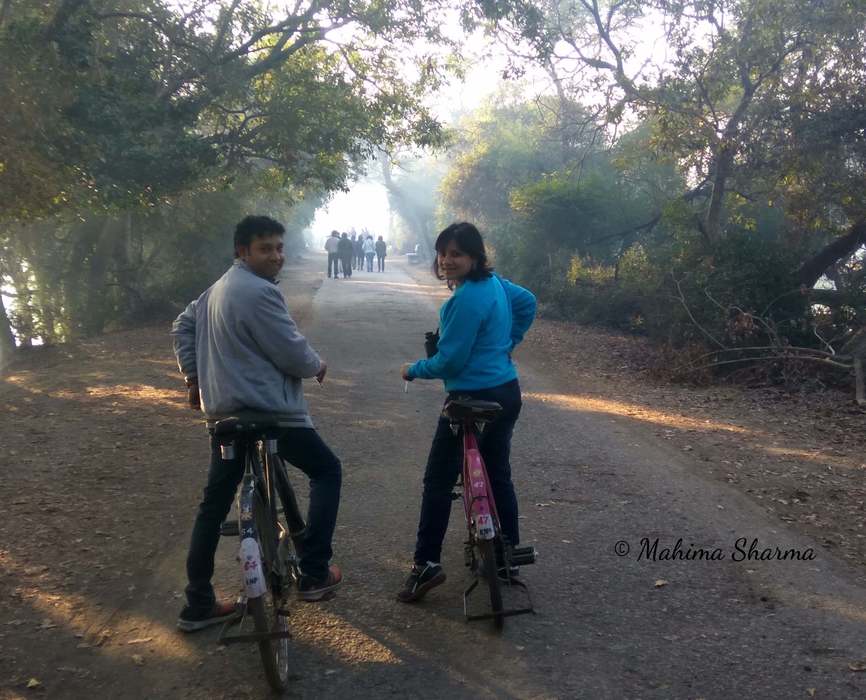
But perhaps that wasn't enough. Because my heart said, what I explored was usual. And it craved for more, so what next? We had one-and-half day extra at hands, so I decided to seek advice from the locals. The wanderer in me never settles with the usual, but the locals very reluctantly told me that I had already seen the best of the town.
But my heart said otherwise. So I began surfing the Internet. I found a few names from the town's history and asked the locals again. They reluctantly pointed out in one direction and said, "There is nothing but Lohagarh Fort, a local palace and a few royal temples here." My heart skipped a beat. They call this heritage nothing? Why? "Because no one bothers to visit them, so what will you do there?" I didn't bother to reply, and thanking them moved ahead in that direction.

Some two-three kilometres away from the Bird Sanctuary, into the old city, I was left mesmerised by an architectural marvel...an old, rugged beauty, that was losing its charm due to civilisation's apathy.
'Lohagarh' translates to 'fort of iron' in English. And as the name suggests, the fort is virtually impenetrable. It is protected by deep moats on all sides. Local people told us that the fort could fall "only when crocodiles that infested the moats, would have drunk away all the water there."

Originally set for construction in 1732 by Maharaja Surajmal, the Bharatpur Jat ruler, Lohagarh Fort took 60 long years to be built.
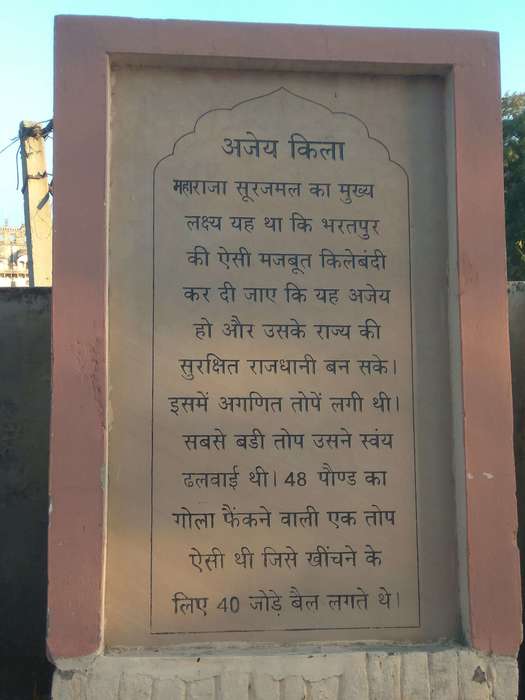
Do you know it is called "AJEY QILA" meaning the "unconquerable fort." It survived 13 attacks by the British, alone. Yes, at the backside of the main fortress, few cannon balls stuck in the walls, stand as testimony to this fact. But the most astonishing reality is that these "unconquerable walls" are just pure mud only! What an architectural marvel...how did they make it at a time when there were no modern-day tools...or even a crane to carry material that high!
I was also wondering, why I could not see any fellow tourists around. The situation inside the fortress revealed the reason.

Right from the fortress wall to the place which houses the impressive Kishori Mahal, Mahal Khas and Kothi Khas, the entire region has been inhabited by the locals. Or should I better call them encroachments? Or perhaps the government can answer better what to call them?
The apathy has taken away the beauty of the region. But once you reach the Kishori Mahal Palace you breathe a sigh of relief, since the Rajasthan that is projected on the tourism map...some extent of that Rajasthan still breathes here.

My sad face, brightened up with some relief when the caretaker informed me that Rajasthan Government has announced a project of two crores to not only renovate the Kishori Mahal but also establish a museum here.
Named after Maharaja Surajmal's queen Rani Kishori Devi, the palace has curved roofs & balconies supported on heavy carved bracket ---- characteristic of the typical royal Rajasthani architecture.
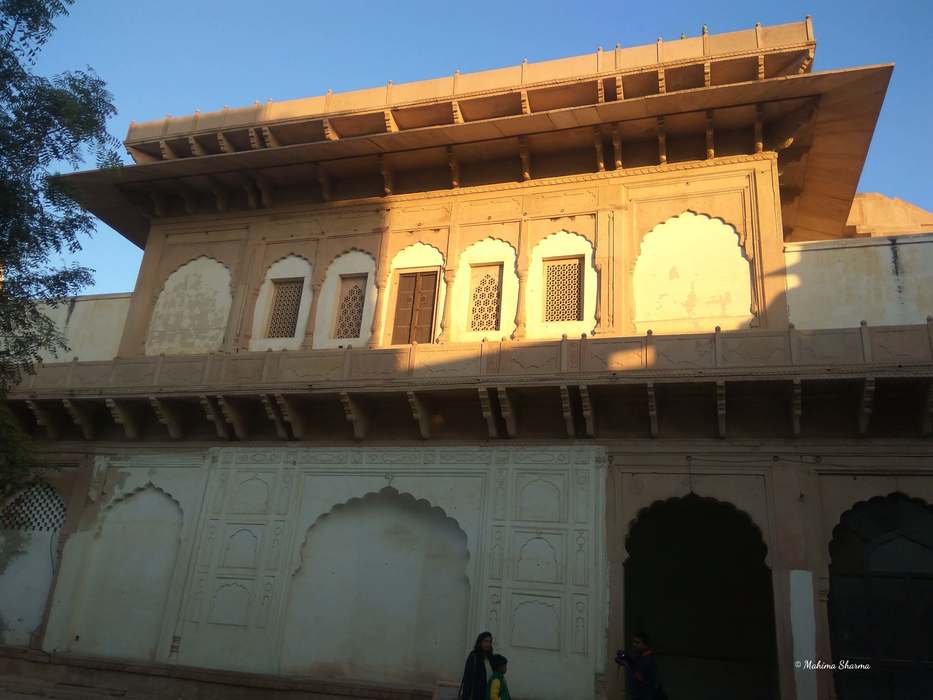
And just outside the palace, right opposite the palace's entrance is the majestic life-size statue of Maharaja Surajmal.
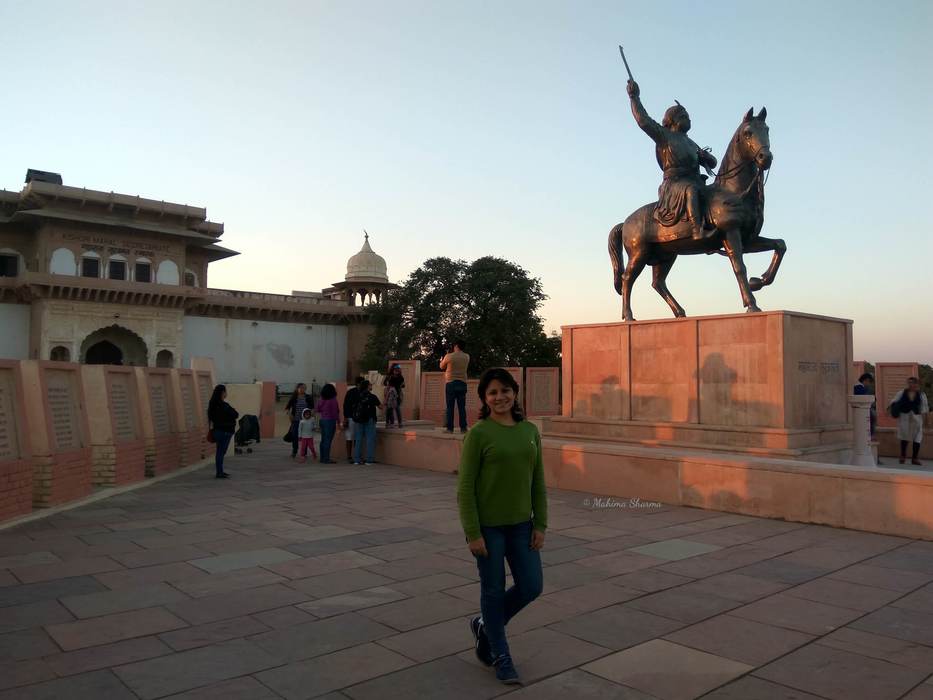
As the Sun sets, it reminds us of the setting Sun of the Royals in India...it reminds us of the era when the democratic government took over the royals' rule. And their palaces became a national heritage. But in some regions like these, we as well as the government failed to maintain them with required empathy.

The setting Sun also gives me hope, as I can hear some prayer bells ringing in the backdrop. These are calls for the evening prayer at the "Banke-Bihari Temple" devoted to Lord Krishna--the once place of worship of the royals of Bharatpur, this temple now stands open to the locals. The magnetic aura is similar to the temples at Mathura-Vridavan.
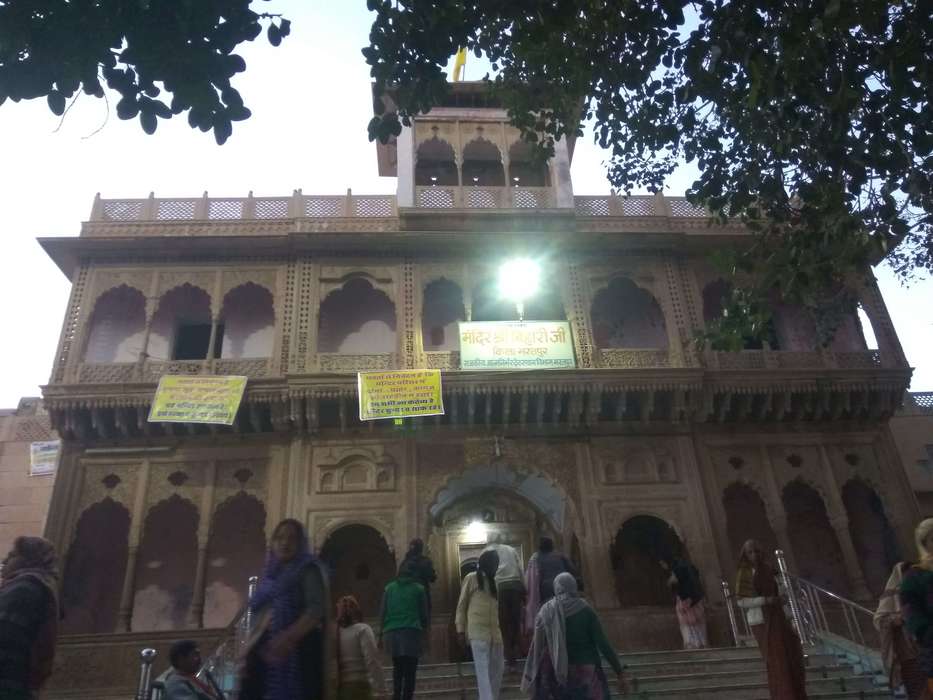
I soaked myself in the enchanting aura of love, devotion as well that of an architectural marvel which has not completely lost its charm. After-all India is famous to maintain one thing--'its God's Places', isn't it?

And I am told it is not the only architectural marvel around, there are TWO OTHER ARCHITECTURAL WONDERS in Bharatpur.
And we chose to visit both: here is glimpse of one of them--the Ganga Temple. My heart skipped a beat seeing its beauty and since the Sun had already set, we decided to explore it and much more around, the next day.

The best time to visit Bharatpur, Rajasthan is October to March. And now you know that this region is not just about exploring the Keoladeo Bird Sanctuary and then diverting to nearby Agra. It is much more than this and only your visit to these nearly-forgotten places, clubbed with the efforts of the government, can save this heritage of our Incredible India.
So what are you waiting for? Pack your bags! And don't forget to share this EXCLUSIVE TRAVELOGUE with your friends and family! Stay tuned...I will be back with " Part 2 of The Forgotten Heritage of Bharatpur."
Copyright: Mahima Sharma, Columnist, The India
Author is former News Editor CNN-News18 & ANI (a collaboration with Reuters)
Customize your dream vacation with our best India tour packages.
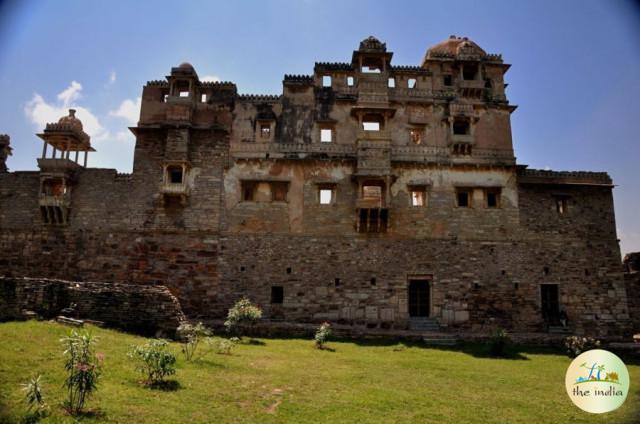
0(No Review)
6D/5N
Exotic Jaipur Tour Packages from Sawai Madhopur (5 Nights-6 Days)
![]() Rajasthan, India
Rajasthan, India
₹ 20,000